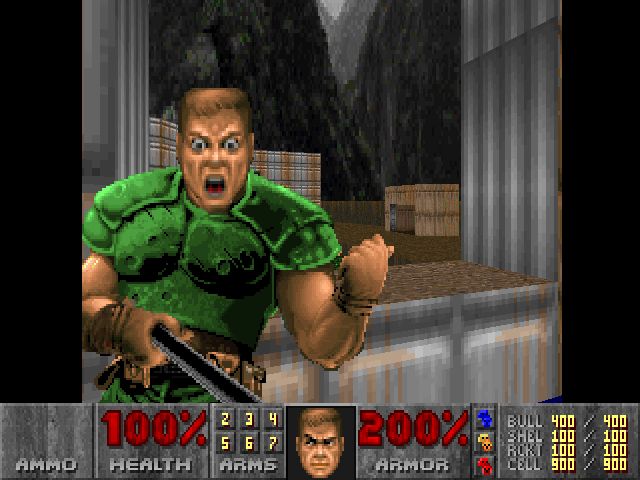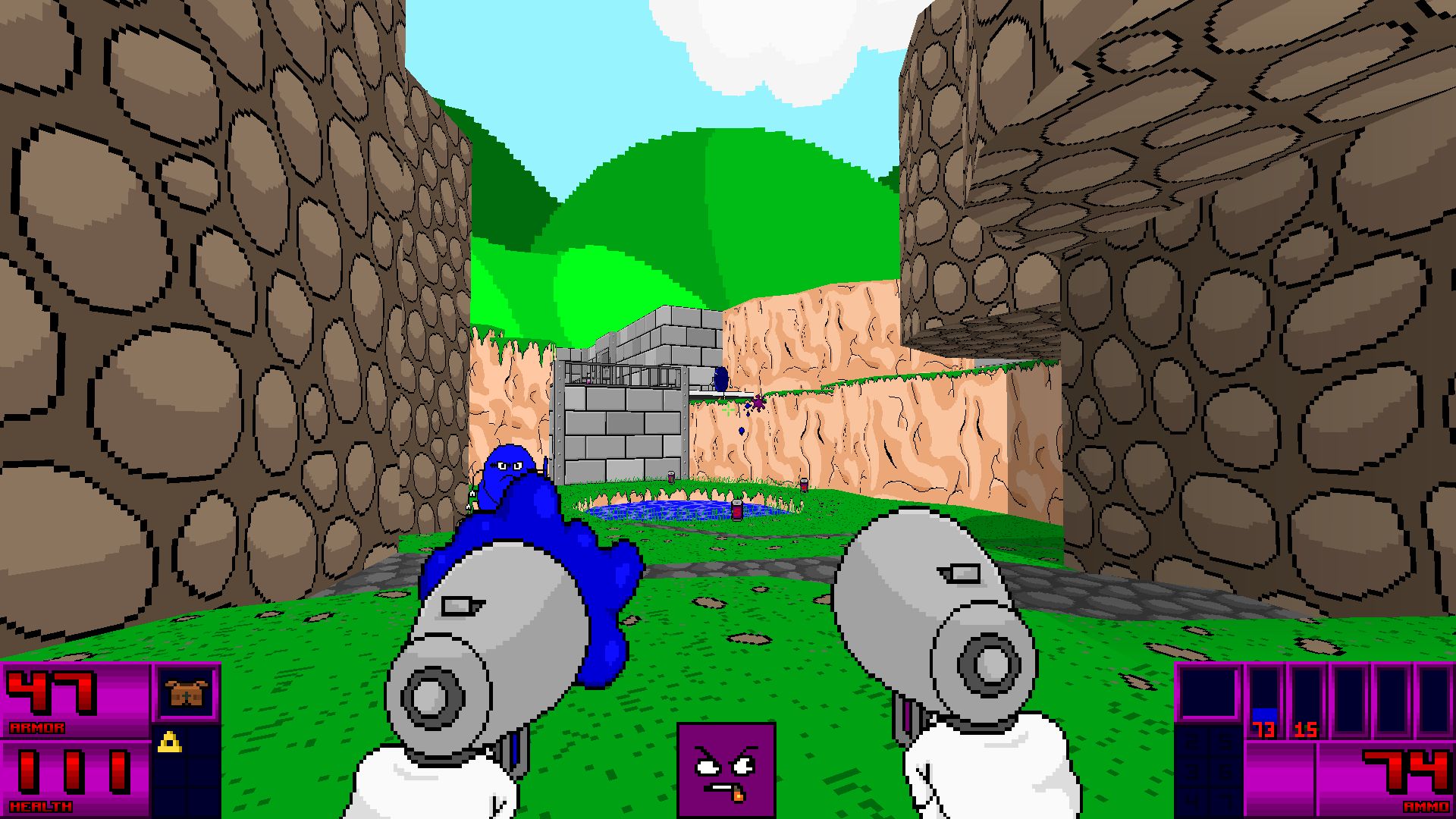The cult of Doom: the thriving mod scene behind id's classic
Exploring the modern mod scene with id Software's classic shooter.

If you’re looking to work with Doom on a deeper level than that of a level editor, there are still plenty of resources available. From the start, engine mastermind John Carmack ensured that his game would be relatively easy to modify. He also has a habit of releasing the source code to all of the engines he has created once he’s moved onto his next one, meaning that the community has total access to his creation. This has given birth to ‘source ports’—allowing Doom to be ported to anything that has an operating system that can run it. It turns out this includes a surprising number of household items. Doom has appeared on everything from an HP printer to a toaster and an actual piano.
There are many different source ports of Doom, each with their own little tweaks and fixes added to the original game engine, all in a neat package. The aforementioned Adventures of Square is being developed in ZDoom, one of the most popular source ports, which contains obvious additions such as mouselook and new textures, but also some tricks that the original engine couldn’t do, like allowing you to pass over or under monsters, and certain translucency effects.
There are many different source ports of Doom, each with their own little tweaks
“I think most of the obstacle to creating or editing games is the effort that it takes to make something playable,” says Matt Tropiano, who has been modding Doom since 1996. “Anybody that finally gets the gumption to create a prototype for their game idea or make a map for their favourite moddable game encounters some barrier for starting, and most engines and games these days require a lot of effort and quite a bit of a steep learning curve to break through that initial barrier. If they spend too much time building the foundation of a thing they can’t play, it is easy to get discouraged. People flock to older games and engines because technology exists today to relieve most of that starting difficulty. In the pure, independent game development world, stuff like Construct and Game Maker exist to reduce this discouragement. People like to see a return on their investment, and in this case, that investment is time and effort, but I’m one of those crazy types that enjoys learning how to make the asphalt instead of building the road, so I’m fine either way.”

Another factor is the ability to get help from other hobbyists and creators. “The size and the activity of dedicated communities that rally behind modding certain games or using specific tools will always have an influence of some kind, for either technical help or even just encouragement and inspiration. Doom has plenty of that! The fact that we are using the Doom engine (or rather, an enhanced version of it) is what makes it novel, at least on the surface. That’s the weird power of the Doom engine: it’s runnable on practically any system today, and it turns the heads of anybody who has ever played videogames in the early to mid ’90s. I think people genuinely enjoy looking at what is possible with limited or dated technology, even if it has been enhanced in some way.”
Perhaps the most popular mod at the minute is Brutal Doom, a mod that looks at the action at the very core of Doom and pushes it to the extreme. Based on the absolutely ridiculous Doom comic book, the violence is amplified to the point where you’ve got blood splattering off the walls and ceiling with every kill. You can perform Mortal Kombat-like fatalities on weakened demons. You can taunt.
Some say that Brutal Doom does with its fast-paced action what id Software simply wasn’t able to do at launch. (Which is strange, because despite what Doom feels like these days, interviews with the original team imply that they were actually aiming for more of a horror game, similar to what we eventually ended up with in Doom 3.) Certainly Brutal Doom is a lot of fun and growing in influence even outside of the mod community. There are rumours of a standalone release, and if you saw the footage of Doom 4 shown at the E3 Bethesda conference, you might notice that the Doom game appears to borrow a lot from Brutal Doom. As has always been the case, it is just another example of a healthy mod scene feeding back into the game that spawned it.

The question is, why Doom? Quake has a much more advanced engine and is also freely available, most modern games contain some kind of built-in editor and, if you are indeed looking for something from a similar era, the Build engine that gave birth to Duke Nukem 3D offers, certainly to the untrained eye, way more possibilities. We’re more than a quarter of a decade on from Doom’s release and the mod scene is still going strong—new and unique experiences are being created, new hardware is being built that doesn’t yet have a Doom source port.
Keep up to date with the most important stories and the best deals, as picked by the PC Gamer team.
“Its longevity is mostly because it was unlike anything ever seen before at the time,” says Tropiano. “That still contributes to its novelty today, be it nostalgia, or that no other game like it, gameplay-wise, has come out since then. Oh, they sometimes try, but they can never get that exact formula right. There’s only one Doom.”

